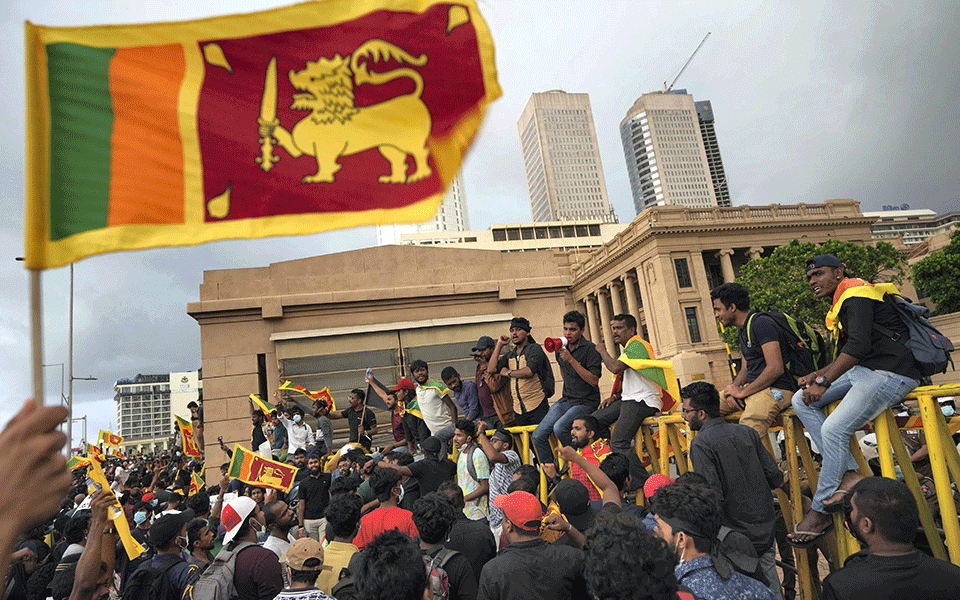
Sri Lanka slashes interest rates for first time since crisis as economy recovers

Sri Lanka’s central bank has slashed the policy interest rates by 250 basis points, saying it will reduce high inflation and provide an impetus for growth. This is the first time since the “historic contraction” of its economy in 2022 that the island nation has done so.
The Monetary Board of the Central Bank of Sri Lanka has said inflation is falling faster than expected.
Board meeting
The board held a meeting on Wednesday (May 31). They reduced the Standing Deposit Facility Rate (SDFR) and the Standing Lending Facility Rate (SLFR) of the Central Bank by 250 basis points to 13 per cent and 14 per cent, respectively.
“The board arrived at this decision with a view to easing monetary conditions in line with the faster-than-expected slowing of inflation, gradual dissipation of inflationary pressures, and further anchoring of inflation expectations,” the Central Bank said.
Also read: Superstar Rajinikanth invited to promote tourism in Sri Lanka
“The commencing of such monetary easing is expected to provide an impetus for the economy to rebound from the historic contraction of activity witnessed in 2022 while easing pressures in the financial markets,” it said in a statement.
Inflation eases
Inflation is projected to decelerate notably in the period ahead, reaching single-digit levels earlier than expected, the statement added. The inflation in May was recorded at 25.2 per cent, down from 35.3 per cent in April, the government statistics office announced.
The Sri Lankan rupee has fallen to the 295 mark against the US dollar from 360 recorded in January. The official reserves improved to over USD 3 billion by the end of May.
Debt-ridden Sri Lanka, still struggling to normalise its crisis-hit economy after it declared its first-ever debt default in April last year, is hopeful that inflation will reduce to single digits.
Also read: A year after uprising, Rajapaksas are in rebuild mode, but is Sri Lanka the same?
IMF push
The central bank said the economy has seen signs of recovery since the International Monetary Fund (IMF) bailout of USD 3 billion in March. Inflows to the domestic forex market remain robust following the approval of the Extended Fund Facility (EFF) from the IMF.
Further, financial assistance from international development partners, such as the Asian Development Bank (ADB) and the World Bank, and the progress in the debt restructuring process, are expected to help recovery.
India’s helping hand
This week, India announced the extension of its USD 1 billion facilities for imports of essentials granted in early 2022 during the early days of the economic crisis when tension gripped the country with long lines for essentials and fuel.
India extended the credit line to Sri Lanka at the height of the country’s economic crisis.
India extended multi-pronged assistance of about USD 4 billion to Sri Lanka last year, through multiple credit lines and currency support, in line with India’s Neighbourhood First policy.
Also read: Sri Lanka’s Parliament approves IMF bailout package
The crisis
According to official figures, Sri Lanka’s total debt is USD 83.6 billion, of which foreign debt amounts to USD 42.6 billion and domestic debt amounts to USD 42 billion.
In April 2022, Sri Lanka declared its first-ever debt default, the worst economic crisis since its independence from Britain in 1948, triggered by forex shortages that sparked public protests.
Months-long street protests led to the ouster of the then-president Gotabaya Rajapaksa in mid-July. Rajapaksa had started the IMF negotiations after refusing to tap the global lender for support.
(With agency inputs)


